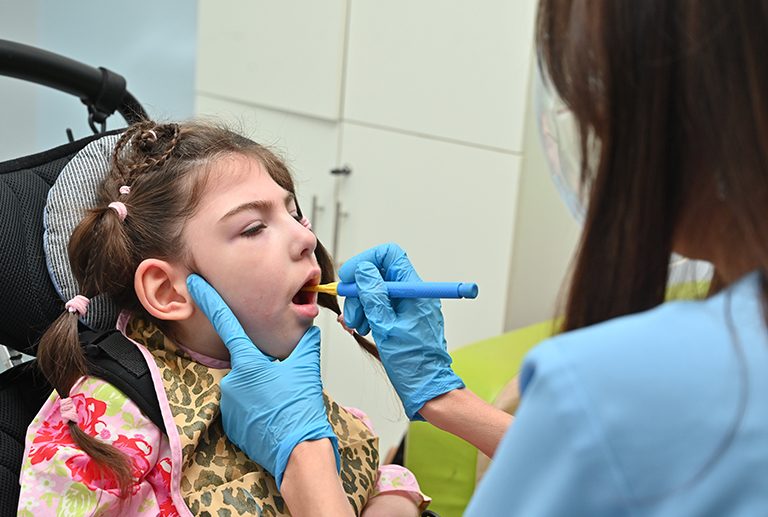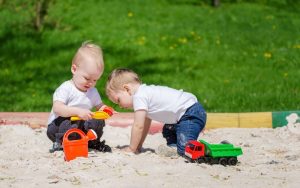Tips And Tricks For Using Music In Speech Therapy

Integrating music into speech therapy sessions can be a highly effective and engaging way to promote speech and language development in children. Music has the power to captivate attention, stimulate auditory processing, and facilitate communication in a fun and interactive manner. Utilizing music in speech therapy Dubai requires creative approaches and thoughtful planning to maximize its therapeutic benefits.
Selecting appropriate music:
Choose music that aligns with the goals and interests of the child and addresses specific speech and language targets. Consider factors such as tempo, rhythm, and lyrical content when selecting songs. Opt for songs with clear and repetitive lyrics, catchy melodies, and engaging instrumentation to enhance auditory processing and participation.
Incorporating movement and actions:
Encourage active participation and engagement by incorporating movement and actions into musical activities. Use gestures, hand movements, and body actions that correspond to the lyrics of the song to reinforce language concepts and facilitate motor planning. Encourage children to clap, stomp, dance, or play simple instruments to synchronize with the rhythm of the music, promoting coordination and rhythmical speech production.
Emphasizing repetition and reinforcement:
Repetition is key to learning and mastery in speech therapy. Repeat songs and musical activities multiple times to reinforce language concepts, improve memory retention, and enhance speech production. Use familiar songs as a foundation for introducing new vocabulary, practicing articulation targets, or addressing specific language goals. Incorporate interactive games and activities that encourage repetition and provide opportunities for reinforcement of targeted speech sounds or language skills.
Creating multisensory experiences:
Utilize multisensory experiences to enhance learning and engagement during music-based speech therapy sessions. Incorporate visual aids, props, and manipulatives that complement the theme or content of the song. Use visual supports such as pictures, symbols, or gesture cues to reinforce language concepts and facilitate comprehension for children with diverse learning styles or communication needs.
Facilitating social interaction:
Music provides a natural platform for promoting social interaction and communication skills. Encourage collaborative singing, turn-taking, and group participation to foster social connections and peer interactions. Use musical games and activities that require joint attention, sharing, and cooperation to promote social engagement and reciprocal communication exchanges among children.
Also, take advantage of technology and digital resources to enhance music-based speech therapy sessions. Use interactive apps, online platforms, or virtual resources that offer customizable music therapy tools, visual supports, and interactive games tailored to specific speech and language goals.



